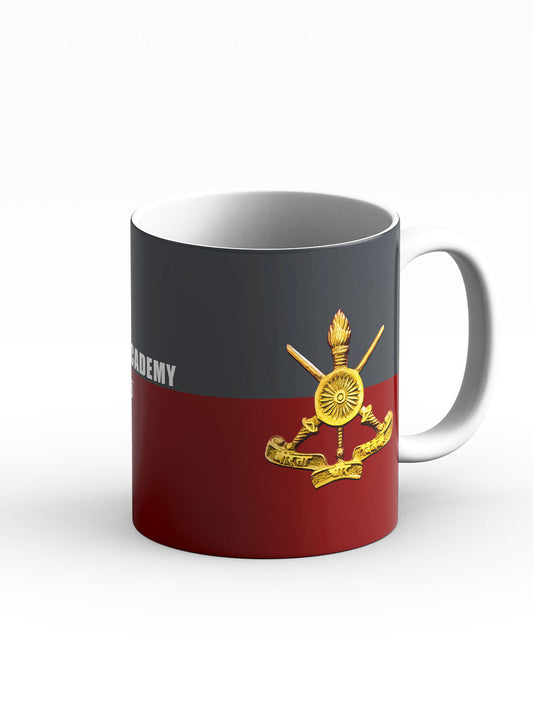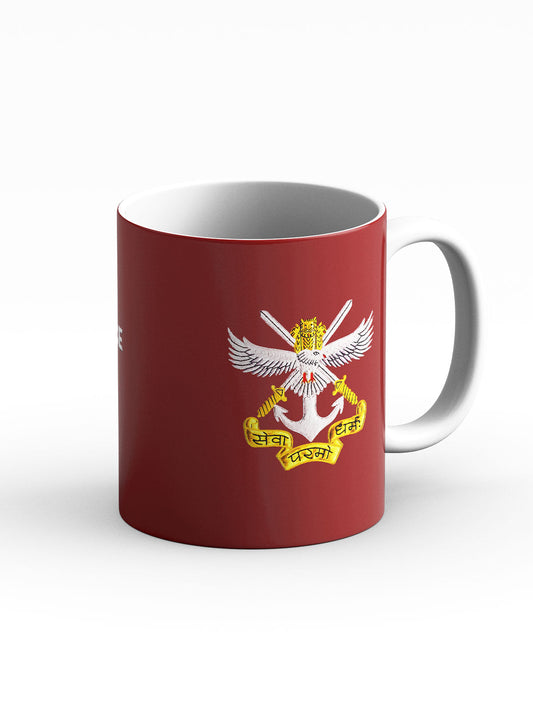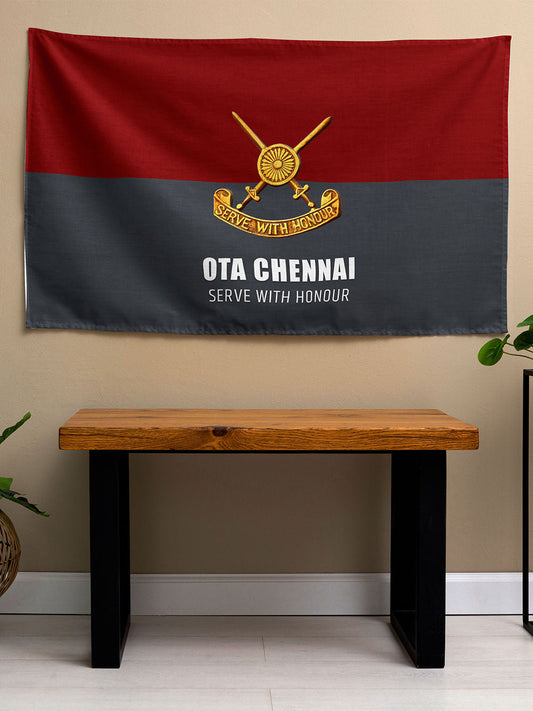Group Captain Shukla Reveals Insights from High-Intensity G-Force Endurance Test

Group Captain Shubhanshu Shukla recently offered an exhilarating glimpse into his G-force endurance test, highlighting the extreme physical and mental demands faced by fighter pilots and astronauts. The video showcases the intense challenge of gravity, which transforms from a constant presence into a formidable adversary in such scenarios.
Shubhanshu sets the scene with the phrase, “Let’s pull some Gs 🚀,” inviting viewers into the thrilling realm of gravitational acceleration. He emphasizes that spaceflight involves more than just experiencing zero gravity; it requires mastering the forces of gravity first.
Astronauts encounter what are known as G-loads, or “pulling Gs,” during launch and re-entry. Here, “G” signifies the force of Earth's gravity. Standing still equates to 1G, while at 2G, the body feels twice as heavy, and at 4G, four times heavier, making even simple actions like lifting a phone a notable challenge. Shubhanshu highlights the rigorous training astronauts undergo to handle such conditions.
However, the direction of these forces adds another layer of complexity and risk. In fighter jets, G-forces are applied from head to toe along the +Gz axis. During tight maneuvers, blood is pushed away from the brain and pools in the legs, leading to a condition called “grey-out,” which can escalate to a blackout. To counter this, pilots use G-suits and special breathing techniques to maintain blood flow to the brain. Shubhanshu notes that one of his videos illustrates this +Gz effect.
On the other hand, within a space capsule, G-forces apply from chest to back along the +Gx axis. Here, the chest and lungs are compressed against the seat, making breathing difficult. Astronauts must use their diaphragm and abdominal muscles to inhale. Shubhanshu mentions that another video showcases this +Gx effect.
During his mission, Shubhanshu experienced a peak G-load of approximately 4.8G, manageable with sufficient training. He notes that in emergency scenarios, astronauts might endure brief spikes of up to 18G. In his video, he pulls 7 Gz and 8 Gx, visibly struggling with the forces involved.
Spacecraft seats are designed to recline to distribute these forces across the body’s stronger areas, reducing injury risk and aiding astronauts in withstanding extreme acceleration.
Concluding his insights, Shubhanshu reflects that “pulling Gs” is more than just a numeric value; it represents a comprehensive engagement with gravity that astronauts must understand before venturing into space.
Through his post, Group Captain Shubhanshu Shukla not only offers a vivid portrayal of human endurance but also underscores the discipline, scientific understanding, and bravery required by those who aim to transcend conventional boundaries.



















